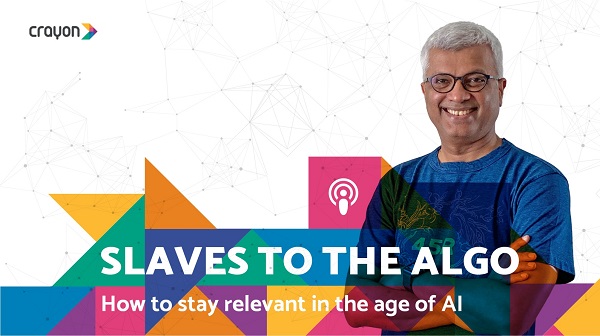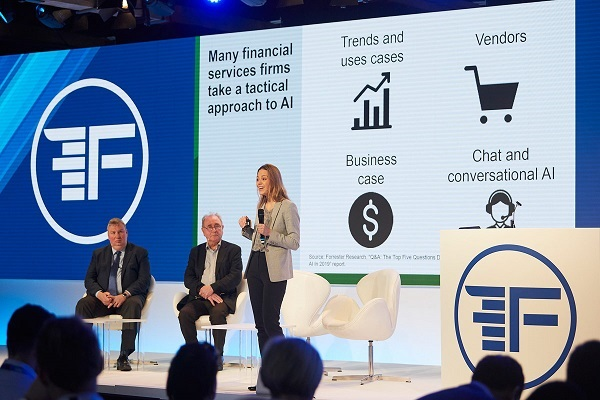I interviewed Daniel McConaghy, President of FICO (Asia Pacific), a global leader in predictive analytics and decision management technology, with particular strengths in risk management and fraud management.
Dan joined FICO in April 2010 as head of the Asia Pacific region and he is responsible for leading the company’s growth in Asia Pacific, overseeing the region’s clients, employees and 12 offices.
Two-thirds of the Asia Pacific top banks, as well as leading insurers, retailers and government agencies, rely on FICO solutions to accelerate growth, control risk, reduce costs and meet regulatory and competitive demands.
Prior to joining FICO, he spent 10 years at Avaya as Regional Sales Vice President and Chief Operating Officer and held other senior management roles at Lucent Technologies and Digital Equipment Corporation.
You can read the complete interview below.

Daniel McConaghy, President of FICO in Asia Pacific. Pic Source: WSJ
First, thanks for accepting our interview request. In a recent survey, FICO found that 91 percent of banks in APAC feel that they lag behind banks in the US and Europe when it came to implementation of artificial intelligence in their operations. When asked about their biggest challenge, 42 percent of the respondents indicated that it was the lack of available AI skillsets and it posed the greatest barrier to introducing AI technology.
Can you tell us what kind of talents banks are looking for, at this point? And why is there a shortage?
Banks are looking for people who have experience in operationalizing AI in a financial institution. While regional universities are busy trying to produce technical experts, it obviously takes a few years for these graduates to have a good understanding of bank operations. So the reality is that we are facing a shortfall as demand grows.
This is the case globally, not just here in Asia. For example, some recent research in the USA showed that while employer demand for roles related to AI had doubled over the past few years; job seekers interest for the same roles plateaued in 2017.
The second biggest challenge for banks in adopting AI, according to the survey, is the use of legacy systems, which can impede a bank’s ability to improve operations and prepare for the future. What are the key steps every bank should take to overcome this and embrace digital transformation?
In 2019, it is imperative for financial institutions looking to remain competitive, to customize their offering to the customer. This means ensuring a single view of the customer and using data to anticipate their needs and ensure the best possible customer service experience possible.
To do this, banks are making a digital transformation that crosses existing businesses, communication channels, and offerings. Legacy systems often stand in the way of delivering this data-driven, highly personalized customer experience because they were designed in the 90s or early noughties in a very different world. A world where banking on a smartphone didn’t exist.
Because digital consumers demand tailored, contextualized, interactive dialogues, marketing, and operational workflows need to synthesize and coordinate inbound requests for information with the appropriate outbound messaging. While certain modular tools can provide short-term fixes to these challenges, financial institutions will ultimately need to undergo organizational changes that break down silos and connect systems, thereby improving data flow and knowledge sharing.
Another interesting area that would receive the greatest benefit of AI technology is fraud detection. Tell us how the Falcon platform helps financial institutions detect and prevent fraud and financial crimes, in real time?
FICO’s Falcon Fraud Manager platform can calculate the fraud risk on a credit card transaction in 40-60 milliseconds and performs over 15,000 calculations in this time to determine the result! Our real-time fraud analytics were introduced back in 1992 and in the US alone led to a 70 percent reduction in fraud losses. You could say it has been one of the oldest and most successful examples of commercial artificial intelligence at work.
Today, Falcon has moved well beyond cards with fraud-specific machine learning techniques optimized for almost all types of financial transactions. It offers an end-to-end approach so that banks can make faster, smarter decisions across all channels and payment options.
2019 is believed to be a landmark year because a large-scale implementation of AI and machine learning (such as autonomous banking, applications utilizing voice-based interaction etc) is happening in the banking and financial sector at various levels. Can you name some of the top use cases of AI in banking, from your experience?
Firstly, I should start by saying that FICO has been pioneering explainable AI for over 25 years. This is important because it allows FICO scientists and model users to fully understand the relationships in the data that drove the decisions and where necessary help refine the algorithms to ensure they are causal or meet the necessary regulation around the use of the model. This ensures that eventual outcomes powered by AI, are more ethically driven. This is particularly important in banking as regulators want to know how decisions were made.
To assist with this, and it’s something quite relevant to banking, we recently rolled out the latest version of the FICO® Analytics Workbench™. This is a cloud-based solution that helps business users and data scientists to better understand the machine learning models behind AI-derived decisions.
A specific use case for AI in banking would be an automated collection. We see that it reduces the number of customers that end up in late-stage collections through early intervention with early contact strategies that work. Now with the addition of AI, we are also seeing significant improvements in minimizing roll rates across credit card portfolios.
When customers move past the 90 days bucket, our AI is able to arm highly skilled agents with options to make more sophisticated decisions when restructuring payments for this group. This means customers are more likely to repay and remain, customers, while still giving the organization the benefit of making a profit on the offer made.
We expect further AI development will see even more benefits delivered for contact strategies, next best action and treatment optimization.
Tell us about the future of banking powered by AI and Machine learning? Where are we heading, in the next 3-5 years?
A lot can happen in 3-5 years but we expect AI and machine learning to empower banks to make the right offer to the right customer at the right time. We expect that it will free staff from repetitive tasks and allow them to work on higher value work. We see that trends like pricing optimization will see different offers made to customers based on their credit risk profiles. We know that it will help to stop financial crimes from money laundering to credit card theft.
Excitingly, we also see that the work being done around using AI to extend credit to the unbanked or underbanked will help to spread banking services and credit to millions of people across Asia Pacific. This is an amazing era unfolding before us where we will see a great growth in the middle class in our region, lifting entire countries out of poverty and providing the next several decades of economic growth globally.






















